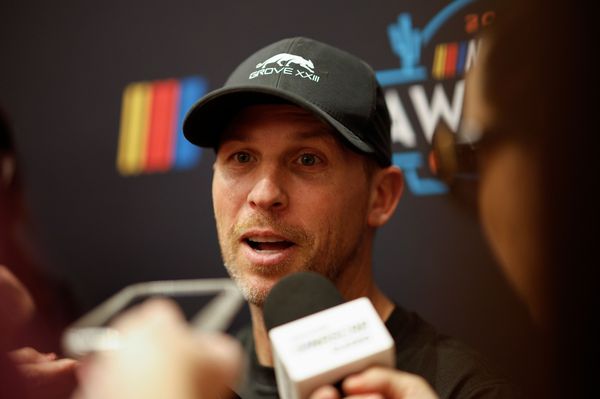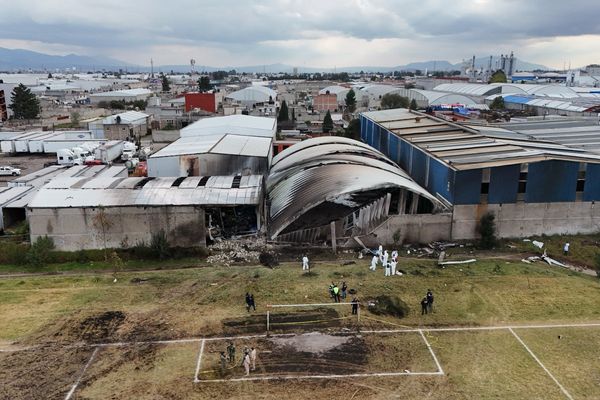
“Darling, I think I have a serious problem,” croons singer-songwriter John Grant in this new dance show. The problem belongs to George, teaching at a Californian college in the early 1960s. He’s going through the motions because life stopped when his lover, Jim, died in a car accident, and George can’t – won’t, doesn’t dare – move on. On Chiara Stephenson’s set, everything in his life appears ash-grey, like the disastrous aftermath of Pompeii.
Gay male grief: a bold subject for 1964. After completing A Single Man, Christopher Isherwood described the novel as his masterpiece; for Edmund White this was “the first truly liberated gay novel in English.” More recently, it was filmed with exquisite tristesse by Tom Ford. Director-choreographer Jonathan Watkins gives it more lust and agitation – his movement butt-wiggling, unapologetically groin-y.
More choreographers should exploit the emotional richness of mature dancers. Edward Watson officially retired from ballet in 2021, but couldn’t resist this show, which premiered in Manchester earlier this summer. Watson’s blanched and whittled features, his sinews taut as cello strings, are perfect for unhappy George, continually ambushed by memories of Jim’s death: recall, recoil, repeat.
Sitting above the stage in a paint-daubed suit, Grant delivers bulletins from George’s grieving mind. In his voice of furred desolation, he sings “your mind and soul are hanging there in tatters” or “the future is where death resides / the present is a monumental drag.” Between songs, composer Jasmin Kent Rodgman conjures pain and agitation in blaring brass or shimmering electronica.

Watkins’ best bits, his duets, are bright with detail, seamed with feeling. Watson does a daffy, squiffy bop with Kristen McNally, diamond-sharp as George’s restless expat pal. With James Hay’s dark and darting student, he twizzles flirty fingers and suddenly finds that they’re whirling in synch.
Flashbacks to George’s life with Jim offer a coup de foudre at the bar, pockets of sex and sweetness. Jonathan Goddard, as big a cheese in contemporary dance as Watson is in ballet, counters sharp lines with his own curvy ease; in a cute motif, he tugs on the invisible threads that bind them. Duets for gents in their middle years are rare in ballet: no wonder one of Watson’s young colleagues describes him as “an enormous queer role model.”
But the gems are swamped by protracted ensemble scenes – dancers embody American fear and prejudice, or do slutty writhing in leotards which a programme note describes as “stained with the unruly germ of life” (ewww). Watkins’ incisive theatrical imagination previously produced a sharp version of Orwell’s 1984, but his dance here is only fitfully inspired.
Isherwood’s novel ends ambiguously and Ford’s film darkly. Watkins, however, hopes that pain and desire might drag and tickle George back to life. Not letting go, but perhaps moving on.
Royal Ballet and Opera House, to September 20; rbo.org.uk







